Violin Making & Repair Curriculum
Violin Making & Repair is learned through hands-on work. The program follows the highest standards of the craft and teaches repair, restoration, and set-up of stringed instruments.
Over the course of this three-year program, you’ll build six violins and a viola. You keep and can sell all instruments you build. Students, alumni, and faculty regularly receive international recognition for the craftsmanship and tonality of their instruments.
Graduates are trained to work in an instrument shop and are prepared to repair and set-up stringed instruments and bows to meet the standards of the craft and the needs of a professional or student musician. After training in instrument making and repair, the graduates are prepared for employment in an established shop where they can develop expertise and gain experience in the more refined aspects of restoration and instrument making.
Using hand tools and power tools (where appropriate) students construct seven instruments in the violin family based on traditional patterns, including two graduation violins, one varnished and set up and one unvarnished to a standard of workmanship suitable for the serious student musician.
- Basic woodworking skills
- Major violin woods
- Grain and growth characteristics
- Making patterns
- Making molds
- Basic tool handling
- Grinding and sharpening tools
- Body position in tool usage
- Tool making and maintenance
- Knives and handles
- Making clamps
- Making jigs
- Sharpening techniques
- Machine room for rough work
- Drill
- Drill press
- Band saw
- Instrument construction
- Mold and counterparts
- Blocks
- Ribs
- Linings
- Plates and joining
- Purfling and inlay
- Graduations
- F-holes
- Bass bar
- Closing of box
- Scroll
- Neck and necksets
- Graduation instruments – construct two violins without assistance. Each instrument to be completed in thirty class days: one varnished and set up; one unvarnished.
In the shop, students complete a series of common repairs to instruments of the violin family and demonstrate the theoretical knowledge of restoration work preparing them to enter a repair shop and work with a minimum of supervision.
- General set up
- Bridges
- Fingerboards and nut
- Saddle
- Sound post and adjustment
- Replacing pegs
- Refitting old pegs
- Peg hole bushing
- Gluing and reinforcing cracks
- Light touch up
- Open bouts
- End pins
- Polishing
Students rehair bows and make simple bow repairs acceptable to the musician. The students demonstrate an understanding of more advanced repair techniques in examples available in the shop.
- Rehairing bows
- Wedges
- Proper hair length
- Spread wedge
- Cleaning hair
- Repairing bows
- New tips
- Straightening bows
- Eyelets & screws
- Grips
- Polishing stick
- Pins and slides
- Cleaning stick
For the graduation instrument, students produce a full-scale mechanical drawing to accurately represent the school or style chosen for that instrument and based on measurements of traditional instruments.
- Basic mechanical drawing
- Use of drafting equipment
- Line definition
- Principles of proportion
- Technical drawing of instrument parts
- F-holes
- Corners
- Scrolls
- Outlines
- Full-size mechanical drawing
- Drawing parts
- Scroll and cross-section of the body
- Drawing of the graduation violin
- Completion of notebook
- Drawing parts
Using traditional raw materials, students make and apply varnish, polish and apply antiquing techniques to instruments made in class to a standard acceptable to the trade.
- Varnishing
- Making the varnish
- Application
- Rubbing out
- Shading
- Removal
- Touch up
- Polishing
- Rubbing out
- Flattening
- Textures
- High gloss polishing
- Antiquing
- Staining the wood
- Acids
- Baking
- Scratches & nicks
- Textures
- Simulating wear
- Simulating dirt
- Polishing
Students set up and adjust new and repaired instruments to meet the needs of professional musicians.
- Fittings
- Installing and planing finger boards
- Making nuts and nut adjustments
- Making saddles
- Fitting pegs
- End pins
- Making and fitting sound posts boards
- Selecting and carving a new bridge
- Tailpiece set up
- Strings
- Adjusting tone
- Testing instruments
- Selecting proper strings
- Final adjustments
- Judging tone
- Judging playability
On practical and written tests, students demonstrate knowledge of the theoretical aspects of violin making and must pass with a grade of 70% or better.
- Knowledge of woods
- Matching woods for an instrument
- Selecting types of wood and cutting techniques
- Age
- Treatment
- Styles of violin family instruments, concentrating on classical and Italian
- The requirements of the professional musician
- Varnish making and its application
- Recipes
- Purpose of varnish and its effect on tone
- Different types of varnish
- Application
- French polishing
- Set up: the subjects listed under the Set Up section above are covered in class with all of the needed dimensions provided
- Written thesis: on approved topic (10 pages)
On a written test, students demonstrate a knowledge of the history of violin making schools and styles and must pass with a grade of 70% or better.
- Violin styles and the different schools
- History of instruments and makers
- Identification of instruments
- Identification of bows
Upon graduation, students play their instrument with sufficient skill to demonstrate an understanding of a musician’s playing requirement and meet standard of the trade.
The curriculum each year includes guest speakers who provide hands-on lectures and demonstrations, as well as occasional off site field trips. Past speakers and trips have included:
- Violin lessons with Sasha Callahan
- Bow making with David Hawthorne
- Sharpening with Harrelson Stanley
- Drafting with luthier Kevin Kelly VM ’92
- Set up with luthier Philippe Raynaud
- Finishing with luthier Paul Weissmeyer
- Finishing and repair with luthier Marco Coppiardi
- Trip to Reuning & Sons Violins in Boston, MA
Student Work
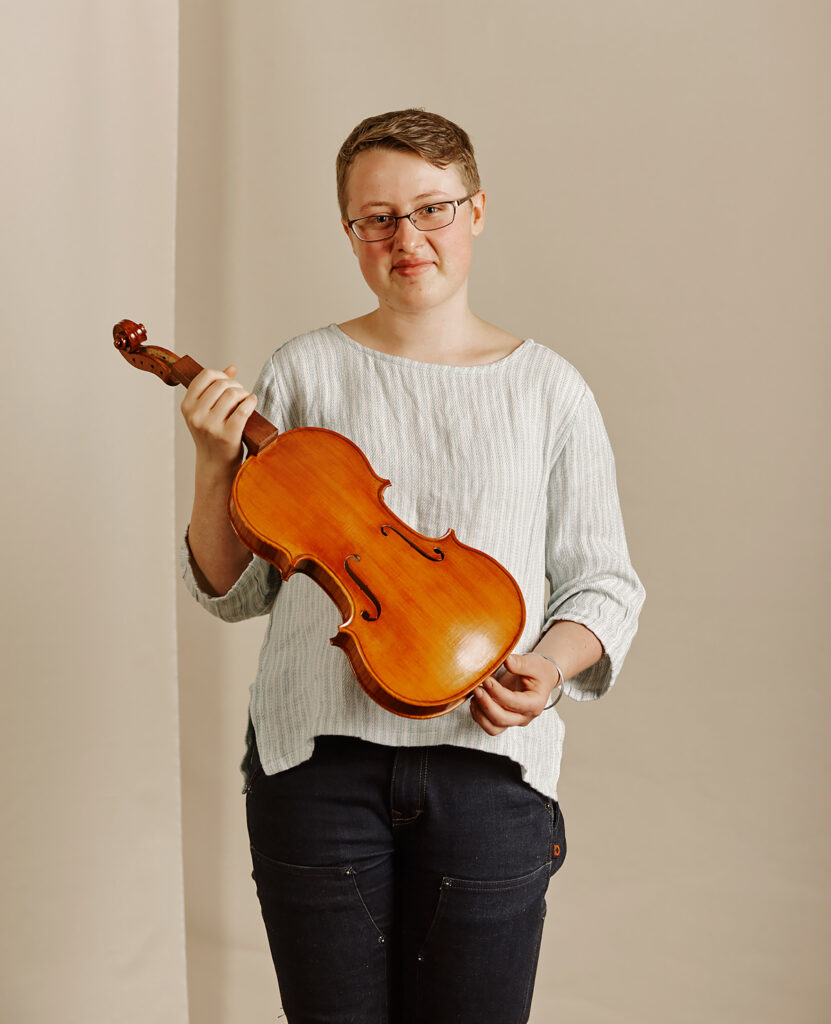

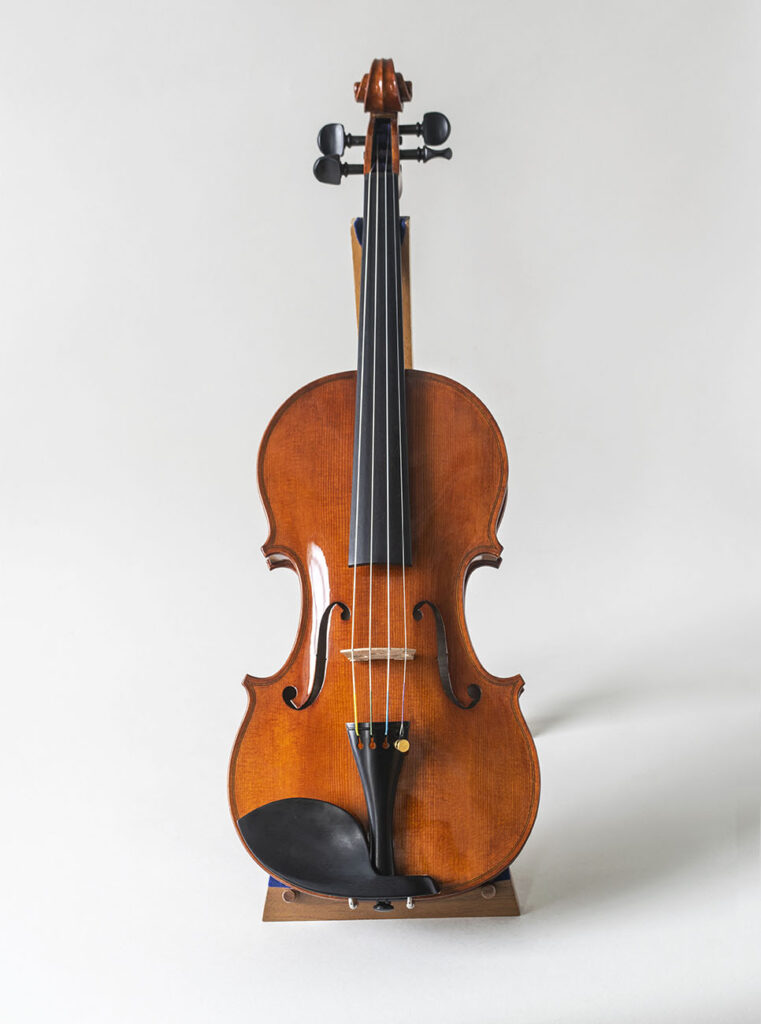
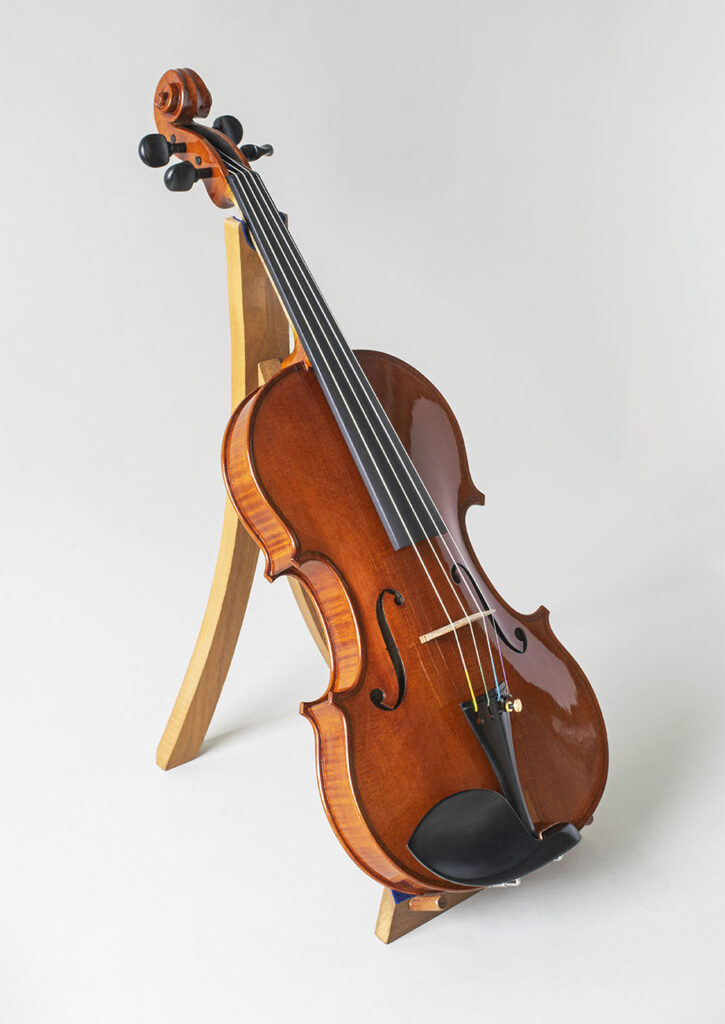
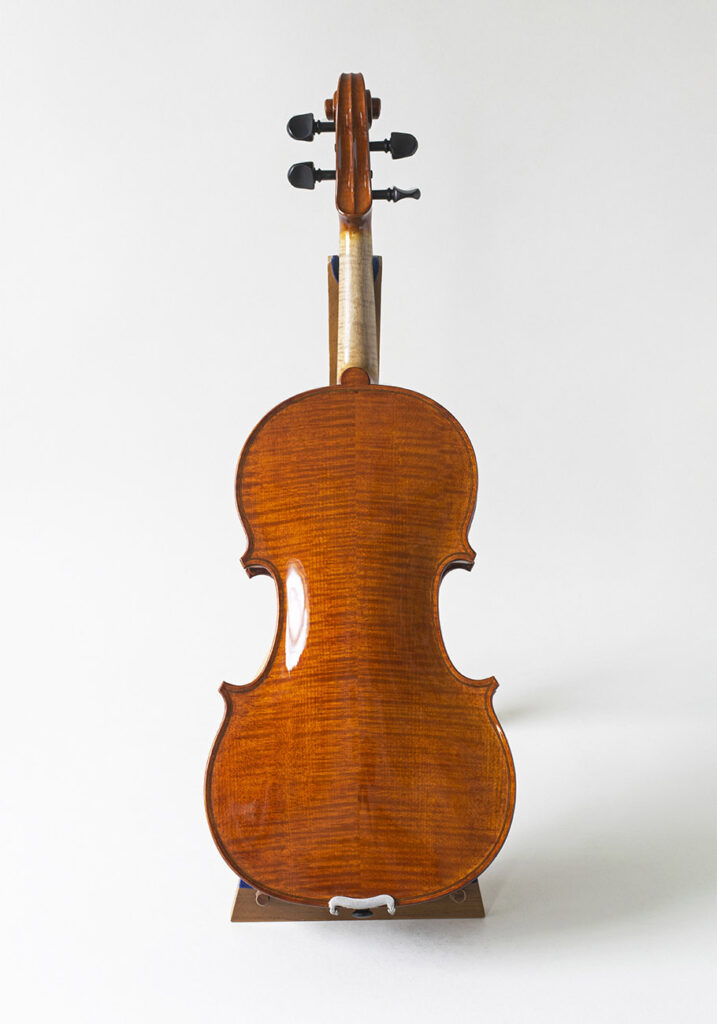
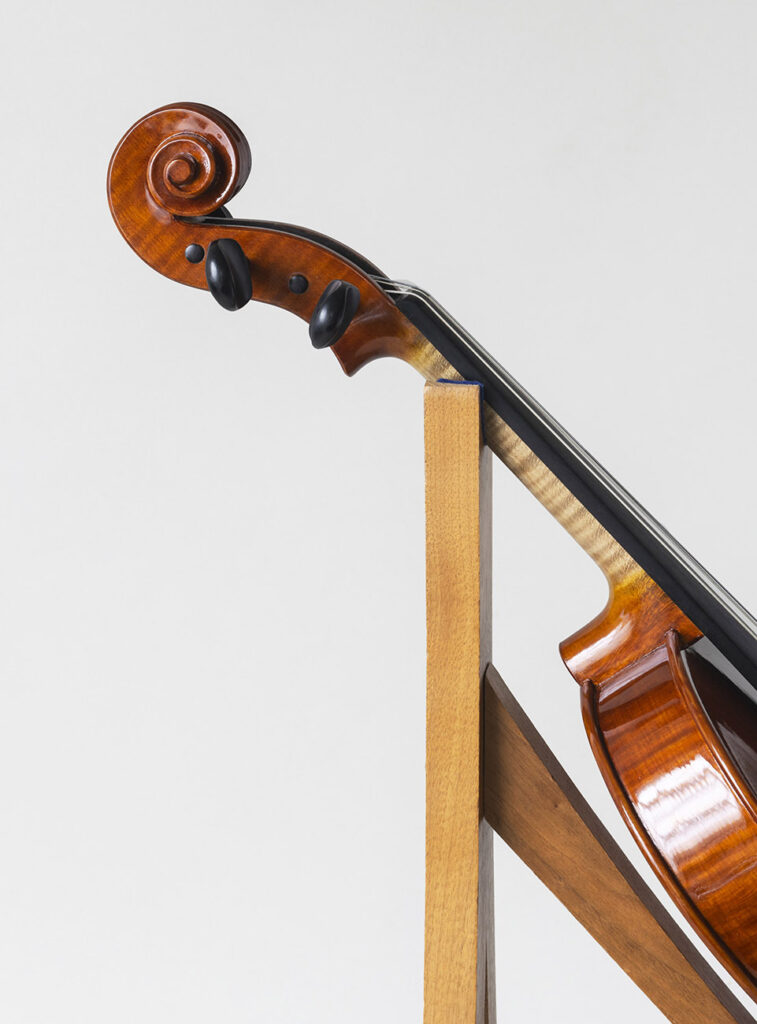
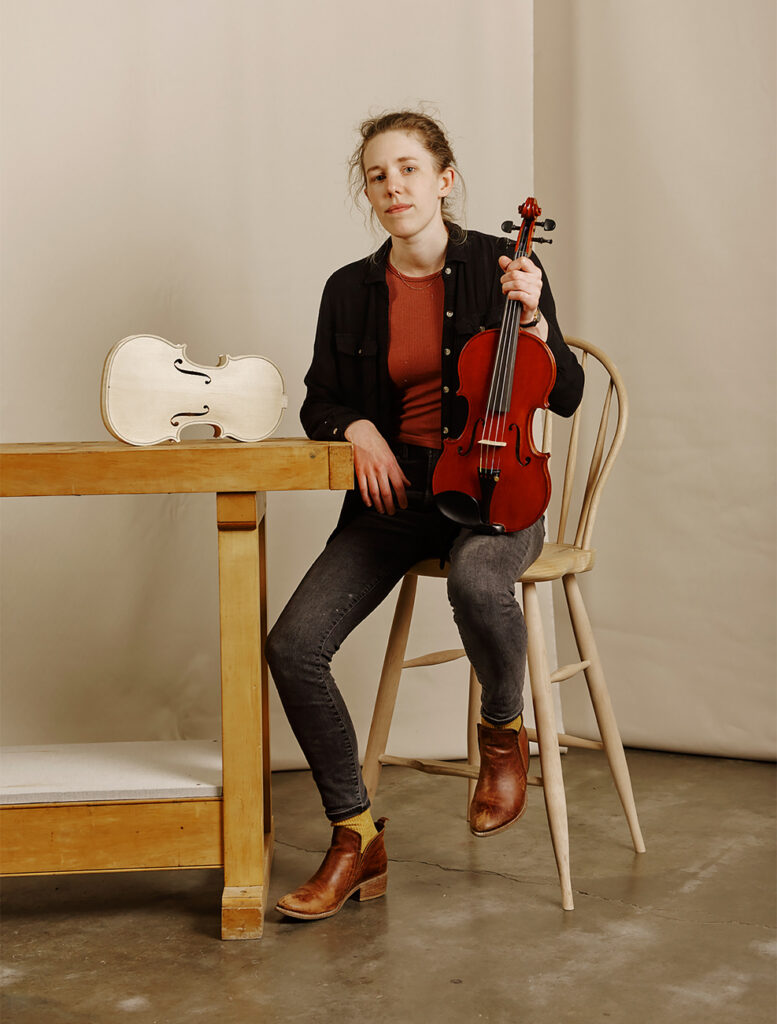
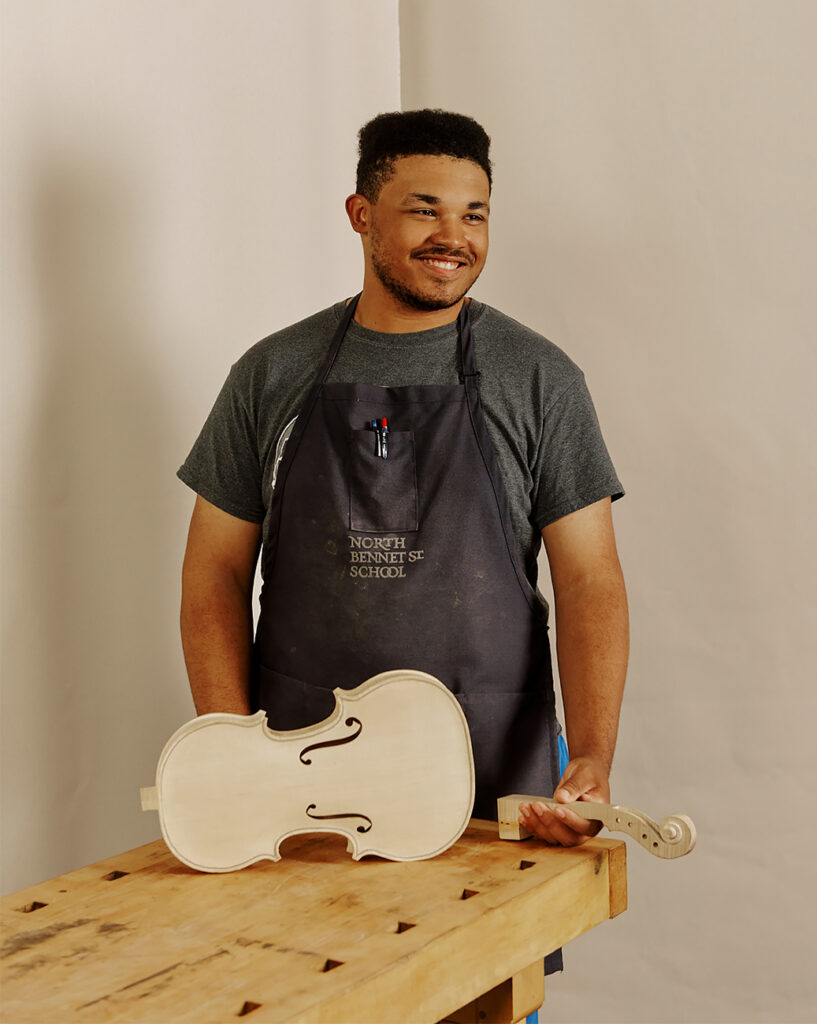
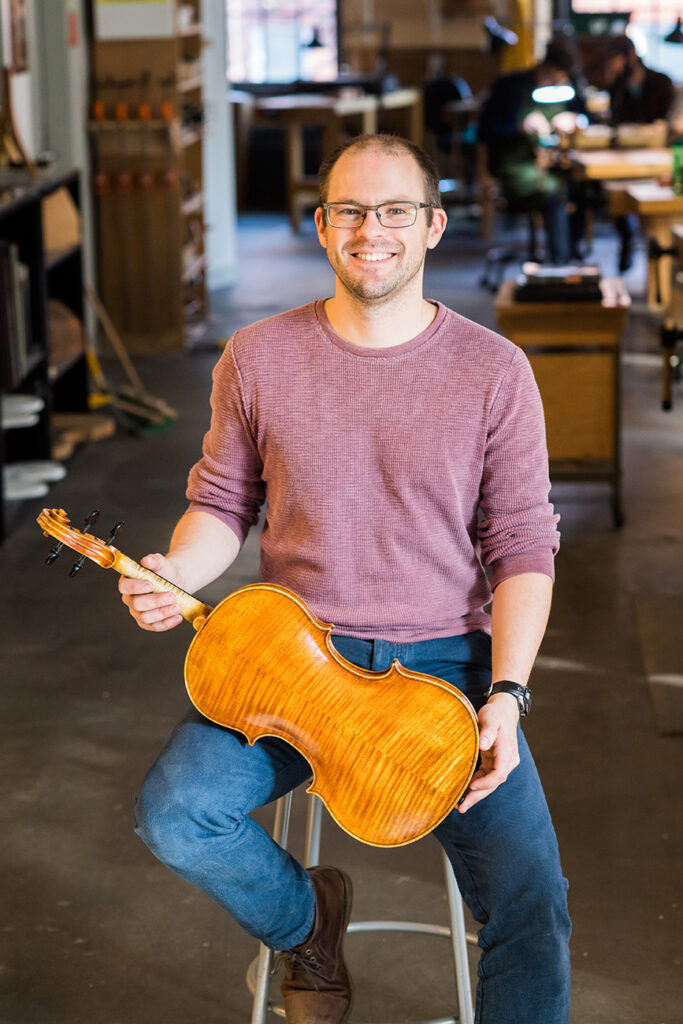
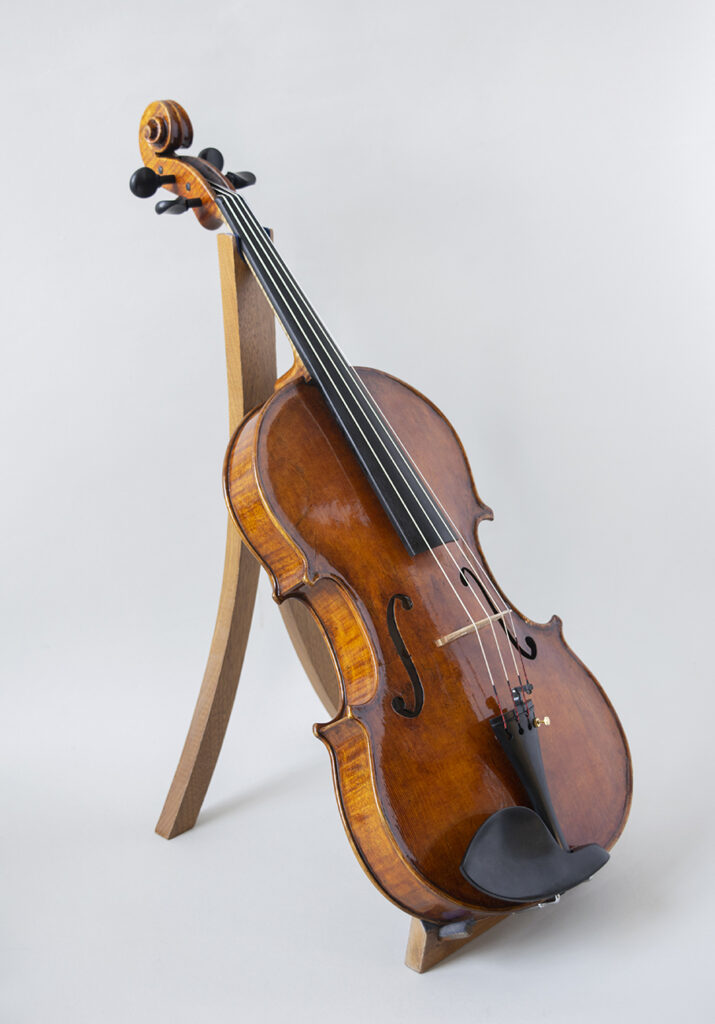
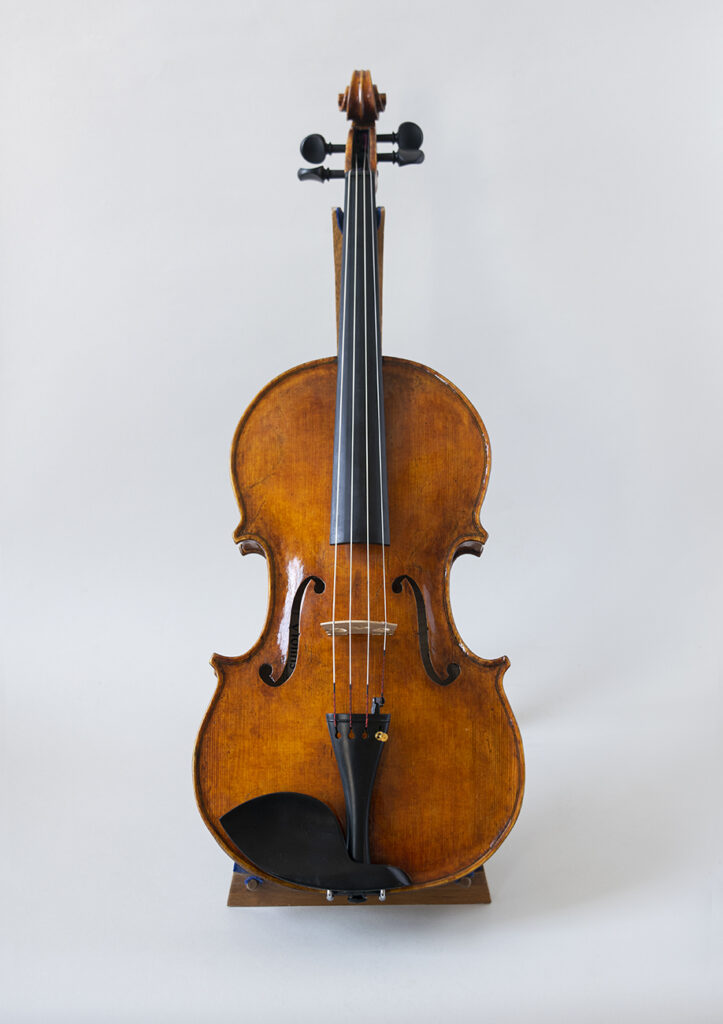


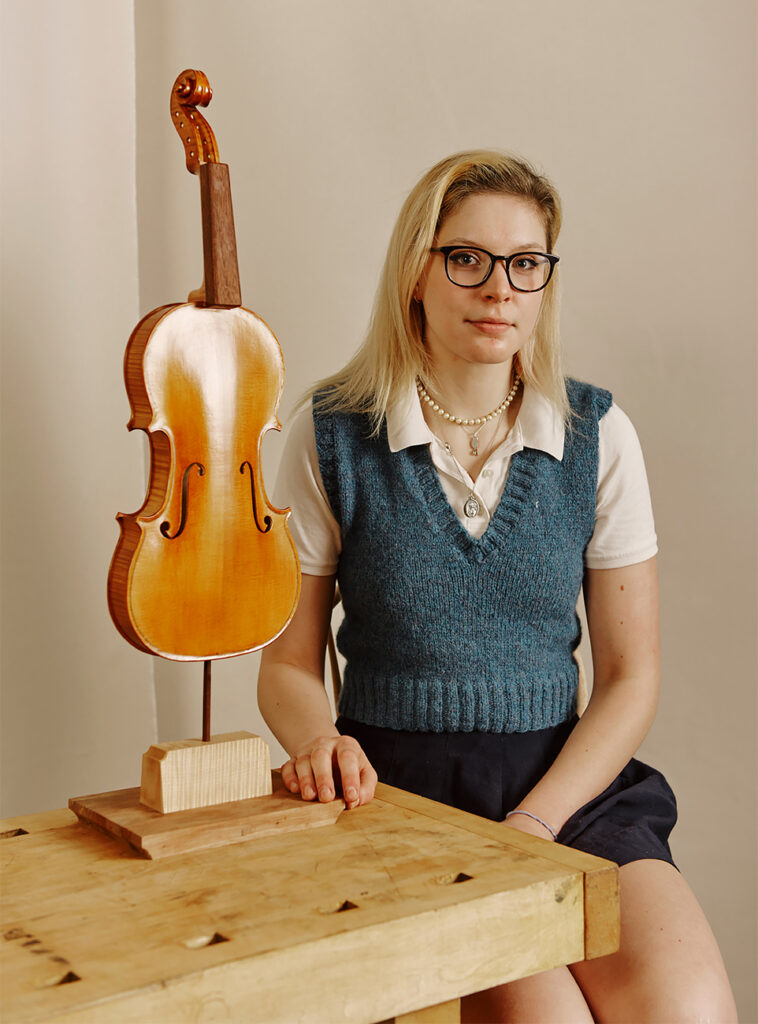
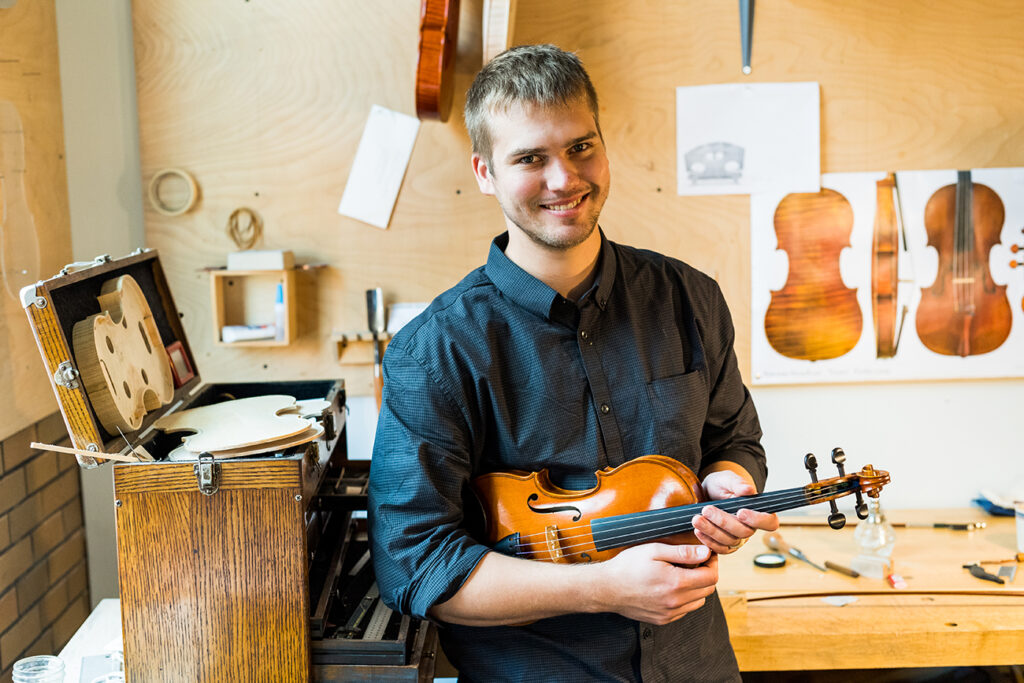



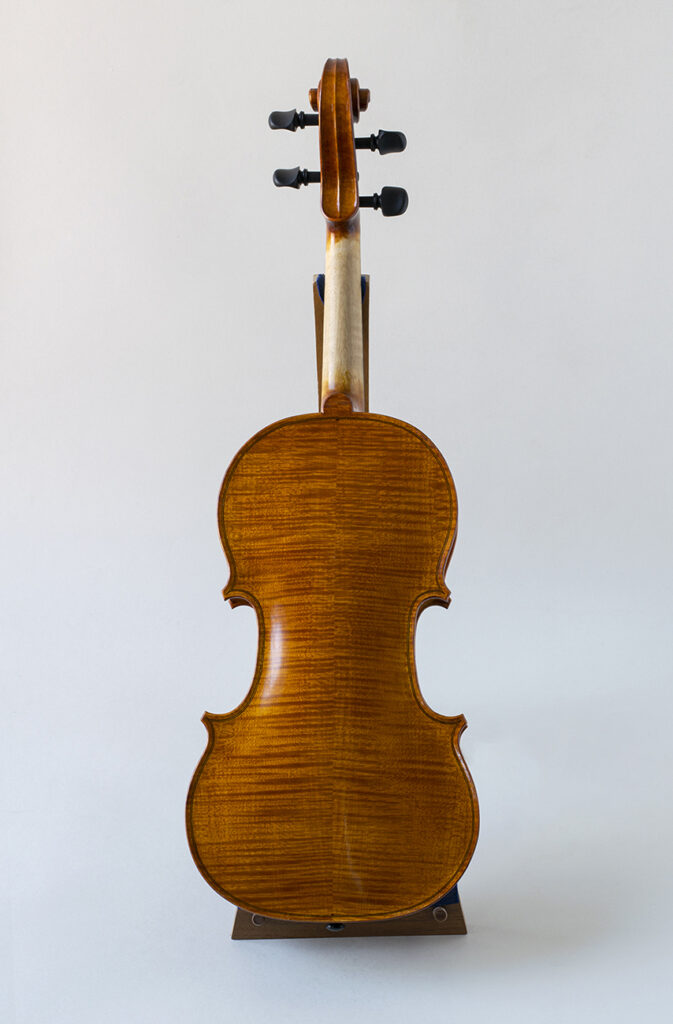
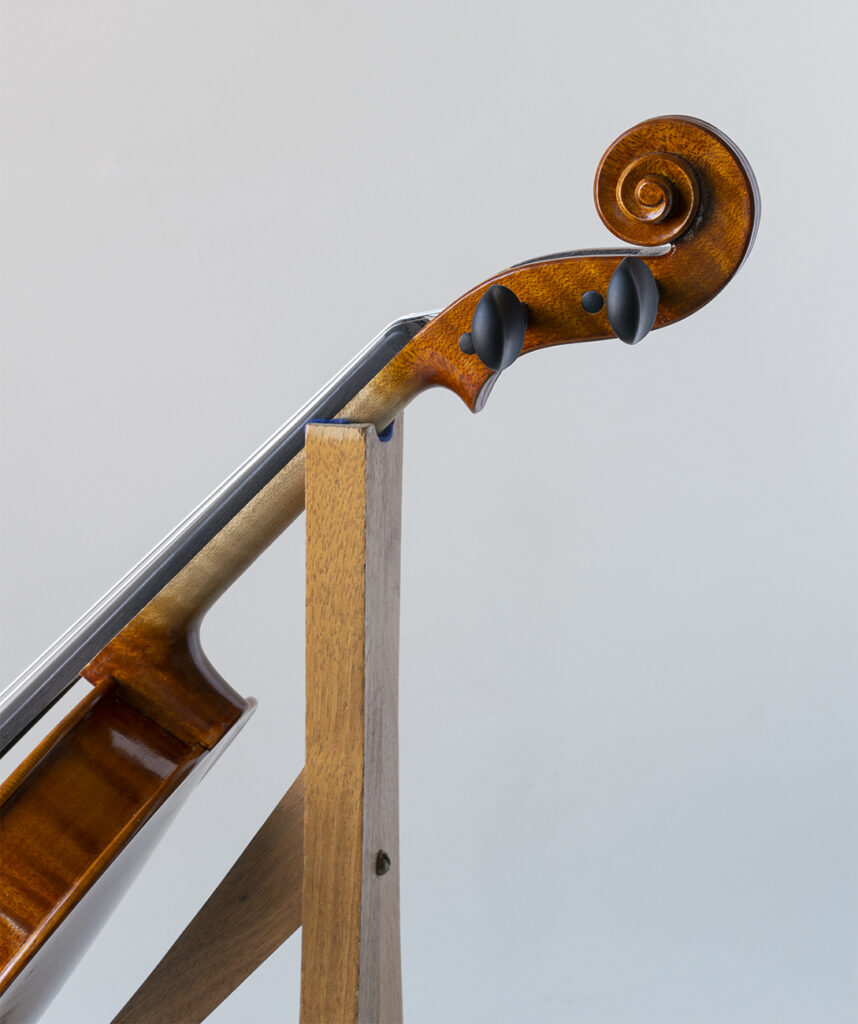
Questions?
Contact Rob O’Dwyer, Director of Admissions, at 617-227-0155 x111 or admissions@nbss.edu.